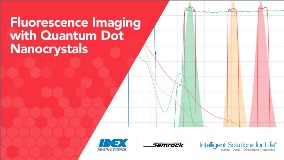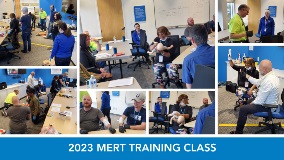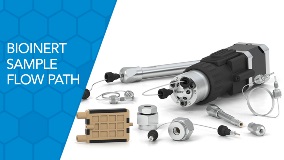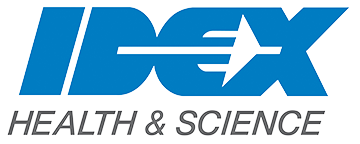

-
Fluorescence Imaging with Quantum Dot Nanocrystals
Oct 31, 2023 by IDEX Health & ScienceQuantum dot nanocrystals are fluorophores that absorb photons and then re-emit longer-wavelength photons nearly instantaneously. However, there are some important differences between quantum dots and traditional fluorophores including organic dyes and naturally fluorescing proteins. Learn more.
Full story
-
Life Science Optics Volunteers Complete MERT Training
Oct 25, 2023 by IDEX Health & ScienceAs key part of our commitment to employee safety, our Life Science Optics Team in Rochester, NY recently conducted their training for MERT (medical emergency response team) on September 25th, 2023. Learn More.
Full story
-
Standard Fluidic Degasser Series
Oct 25, 2023 by IDEX Health & ScienceView our comprehensive guide to learn more about our capabilities and standard in-line Degassing series. Our standard degassers offerings provide you with a wide range of flexibility to build your fluidic instrument platform.
Full story
-
IDEX Health & Science Celebrates Metrology Lab Expansion with Ribbon Cutting Ceremony
Oct 25, 2023 by IDEX Health & ScienceIDEX Health & Science, Rohnert Park, California, the leader in advanced fluidic-handling solutions proudly announces the grand opening of its brand-new Metrology Lab expansion.
Full story
-
Standard Fluidic Pump Series
Oct 16, 2023 by IDEX Health & ScienceIDEX Health & Science standard pumps offering provides you with a wide range of flexibility to build your fluidics instrument platform. A team of dedicated engineers can help you customize your fluidics dispensing pump to meet the specific needs of your application.
Full story
-
IDEX Health & Science Wins Best Places to Work at Rohnert Park Facility for Tenth Time
Oct 4, 2023 by IDEX Health & ScienceIDEX Health & Science is proud to announce that our Rohnert Park facility in California has won the 2023 Best Places to Work by the North Bay Business Journal! This is the tenth year Rohnert Park has won this employee-voted award!
Full story
-
Fluidic Component Capabilities: Manifolds
Oct 2, 2023 by IDEX Health & ScienceEnhance instrument consistency with an integrated manifold subsystem assembly. Learn more.
Full story
-
A Complete UHPLC Bioinert Sample Flow Path
Oct 2, 2023 by IDEX Health & ScienceLooking to design a UHPLC system that enables bioseparations with increased resolution and high throughput? Explore our suite of bioinert, metal-free UHPLC liquid chromatography products.
Full story
-
2023 Optics Photo Contest
Sep 29, 2023 by IDEX Health & ScienceJoin the life science optics community in the rare opportunity to feature your best scientific images curated with optical filters. We want to turn the spotlight on individuals who exemplify mastery in their field and demonstrate their expertise using optical filters to capture every photon possible.
Full story
-
De-Risk Your Proteomics Workflow with IDEX Health & Science
Sep 18, 2023 by IDEX Health & ScienceLooking to pivot from next-generation sequencing to protein based detection with Proteomics? The time to partner on your proteomics application is now. The possibilities are limitless, and the investment will help improve lives around the globe.
Full story
